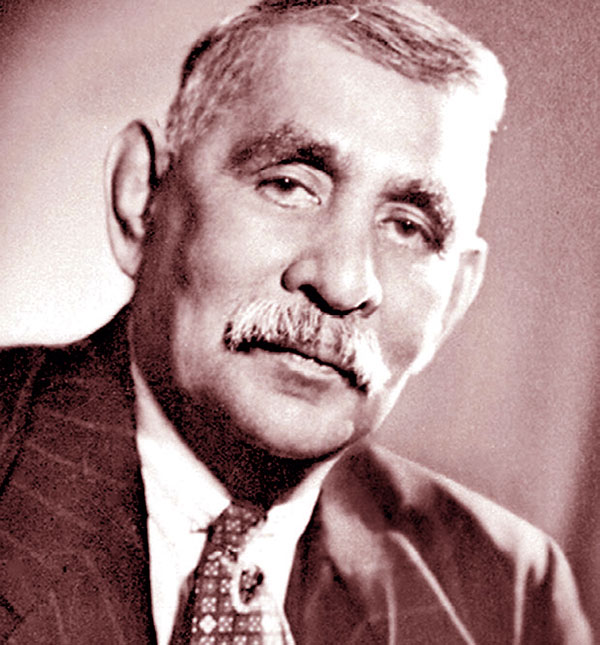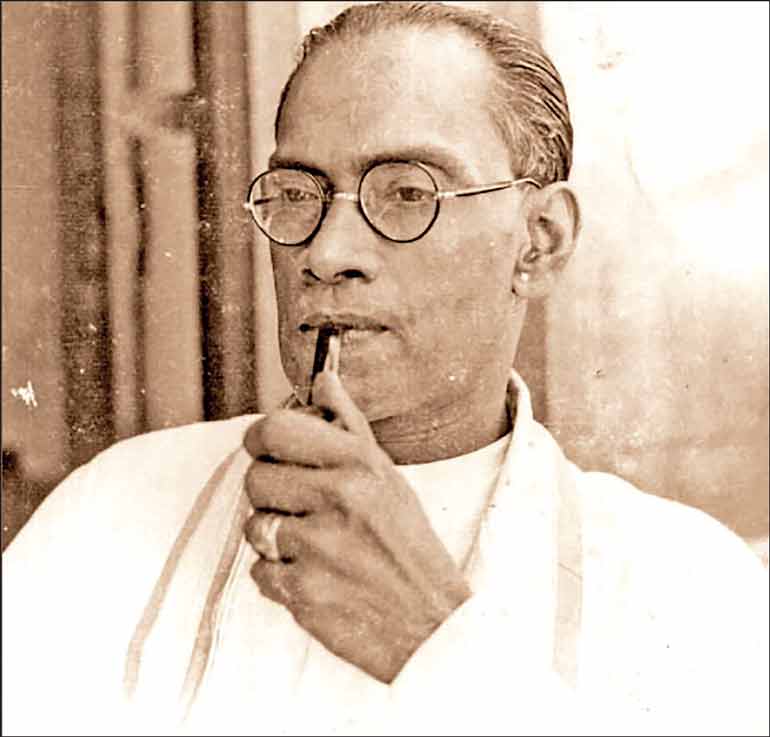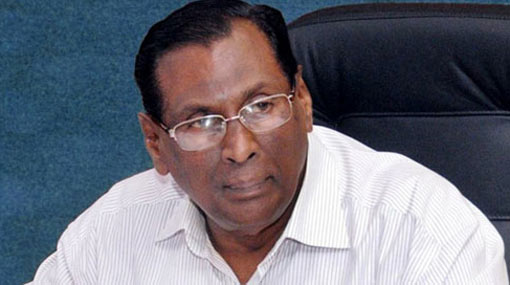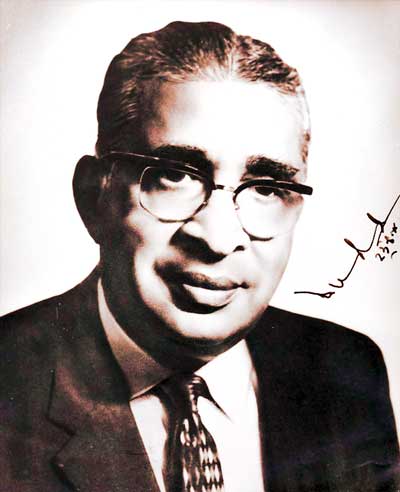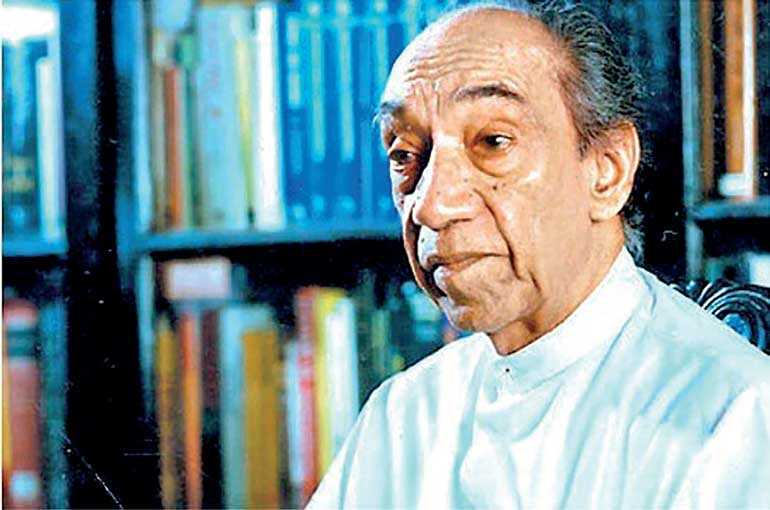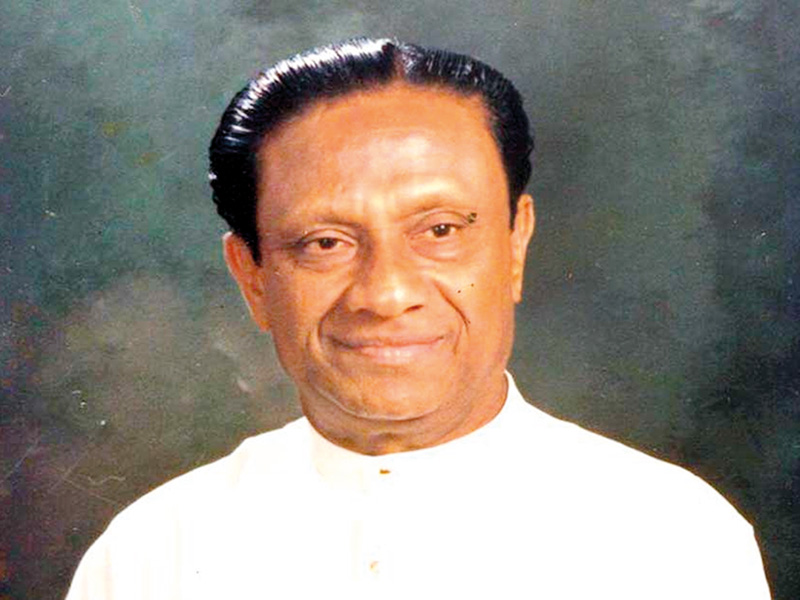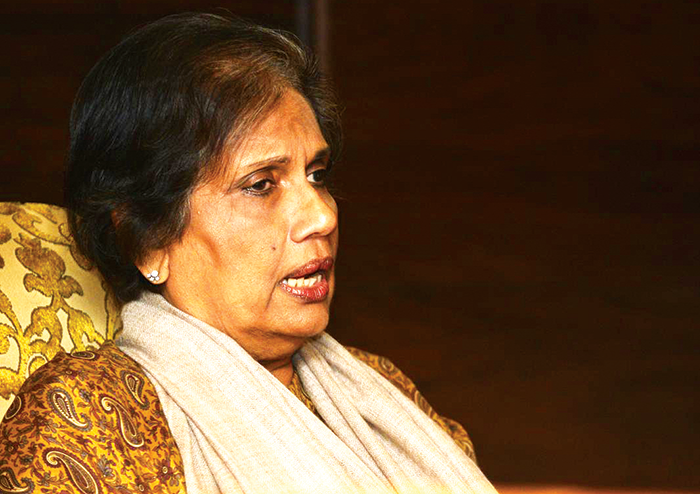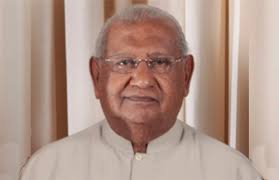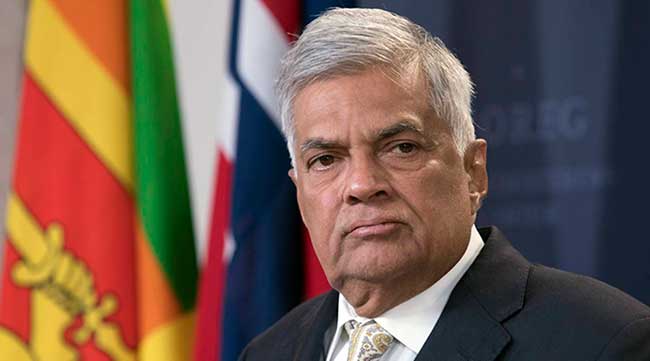Sri Lankan Prime ministers – By Malsha – eLanka
Here is a list of Prime Ministers of Sri Lanka since its independence in 1948:
- D.S. Senanayake (1948-1952)
- John Lionel Kotalawela (1953-1956)
- S.W.R.D. Bandaranaike (1956-1959)
- W.D. SENEVRATNE (1959-1960)
- Sirimavo Ratwatte Dias Bandaranaike (1960-1965)
- Dudley Shelton Senanayake (1965-1970)
- Sirimavo Ratwatte Dias Bandaranaike (1970-1977)
- J.R. Jayewardene (1977-1978)
- R. Premadasa (1978-1989)
- Dingiri Banda Wijetunga (1989-1993)
- Chandrika Kumaratunga (1994-2001)
- Ratnasiri Wickremanayake (2001-2004)
- Mahinda Rajapaksa (2004-2015)
- Ranil Wickremesinghe (2015-present)
- D.S. Senanayake
Dudley Shelton Senanayake was the first Prime Minister of Sri Lanka (formerly Ceylon), serving from 1948 until his death in 1952. He was a central figure in Sri Lanka’s independence movement, and worked to gain independence from British rule. After independence, he focused on building the country’s infrastructure and promoting agriculture. He is widely regarded as the father of the nation and his son, Dudley Shelton Senanayake, became the second Prime Minister of Sri Lanka.
- John Lionel Kotalawela
John Lionel Kotelawala was the third Prime Minister of Sri Lanka, serving from 1953 to 1956. He was a prominent figure in Sri Lanka’s political scene and played a key role in the country’s independence movement. Prior to his appointment as Prime Minister, Kotelawala served as Minister of Agriculture and Lands and Minister of Defense. During his time as Prime Minister, he focused on economic development and improving the country’s infrastructure. He was also known for his strong stance on national security, particularly in the face of the Communist insurgency in Sri Lanka. Despite his popularity, Kotelawela’s government was eventually removed from power in 1956 due to allegations of corruption and abuse of power.
S.W.R.D. Bandaranaike was a Sri Lankan statesman and the fourth Prime Minister of Sri Lanka, serving from 1956 to 1959. He was a member of the Sri Lankan freedom movement and a leader of the Sri Lanka Freedom Party, which he founded. Bandaranaike’s political philosophy was centered around Sinhala nationalism, and he is known for implementing policies aimed at promoting the interests of the Sinhalese majority in Sri Lanka. During his time as Prime Minister, he pursued an agenda of nationalization and modernization, but his government was also marked by increasing tensions with minority groups, particularly Tamils. In 1959, Bandaranaike was assassinated by a Buddhist monk, triggering a period of political instability in Sri Lanka. Despite his short time in office, Bandaranaike is remembered as a significant figure in Sri Lankan history, and his widow, Sirimavo Ratwatte Dias Bandaranaike, went on to become the world’s first female head of government.
- W.D. SENEVIRATNE
W.D. Senanayake was a Sri Lankan politician and the fifth Prime Minister of Sri Lanka, serving from 1959 to 1960. He was a member of the United National Party and a close associate of his predecessor, Dudley Shelton Senanayake. Senanayake became Prime Minister following the sudden death of Dudley Shelton Senanayake, and his short-lived government was marked by political instability and economic challenges. He was unable to address the growing economic and political difficulties facing Sri Lanka, and his government was eventually removed from power in 1960. Senanayake’s political career was relatively brief, but he remains an important figure in Sri Lankan history.
Sirimavo Ratwatte Dias Bandaranaike was a Sri Lankan politician and the first female Prime Minister in the world, serving two terms as Prime Minister of Sri Lanka from 1960 to 1965 and 1970 to 1977. She was the widow of S.W.R.D. Bandaranaike, who served as Prime Minister from 1956 to 1959, and was a prominent member of the Sri Lanka Freedom Party. During her time in office, Bandaranaike pursued policies aimed at promoting the interests of the Sinhalese majority in Sri Lanka, but her government was also marked by increasing tensions with minority groups, particularly Tamils. She is remembered for her efforts to promote women’s rights and improve the status of women in Sri Lanka, and for her efforts to promote national unity and reconciliation. Despite her controversial legacy, Bandaranaike is widely regarded as an important figure in Sri Lankan history.
- Dudley Shelton Senanayake
Dudley Shelton Senanayake was a Sri Lankan politician and the second Prime Minister of Sri Lanka, serving from 1965 to 1970. He was the son of Sri Lanka’s first Prime Minister, D.S. Senanayake, and a member of the United National Party. Senanayake’s government was marked by efforts to promote economic development, improve the country’s infrastructure, and address social and political issues. He was known for his commitment to democratic values and for his efforts to promote national unity and reconciliation. Despite these efforts, Senanayake’s government was eventually removed from power in 1970 due to growing public discontent with the country’s economic situation and the increasing ethnic tensions in the country. Despite his relatively short time in office, Senanayake remains an important figure in Sri Lankan history and is widely regarded as a statesman of great integrity and vision.
- J.R. Jayewardene
Junius Richard Jayewardene was a Sri Lankan politician and the sixth President of Sri Lanka, serving from 1978 to 1989. He was also the first Executive President of Sri Lanka, and previously served as Prime Minister from 1977 to 1978. Jayewardene was a member of the United National Party and is widely regarded as one of Sri Lanka’s most influential political leaders of the 20th century. During his time in office, he pursued a program of economic liberalization and modernization, and introduced a new constitution in 1978 that established a presidential system of government in Sri Lanka. He is also remembered for his efforts to promote national unity and reconciliation, and for his efforts to modernize and improve the country’s infrastructure. Despite his significant achievements, Jayewardene’s presidency was also marked by growing tensions with minority groups, particularly Tamils, and by allegations of human rights abuses and corruption. Despite these controversies, Jayewardene remains an important figure in Sri Lankan history.
- R. Premadasa
Ranasinghe Premadasa was a Sri Lankan politician and the third President of Sri Lanka, serving from 1989 to 1993. He was a member of the United National Party and previously served as Prime Minister of Sri Lanka from 1978 to 1989. During his presidency, Premadasa pursued a program of economic liberalization and modernization, and made efforts to improve the country’s infrastructure and promote national unity. He is particularly remembered for his efforts to address poverty and improve the living standards of Sri Lanka’s poorest citizens. Despite these efforts, Premadasa’s presidency was also marked by growing tensions with minority groups, particularly Tamils, and by allegations of human rights abuses and corruption. In 1993, Premadasa was assassinated by the Liberation Tigers of Tamil Eelam, a separatist group fighting for an independent Tamil state in Sri Lanka. Despite the controversies that surrounded his presidency, Premadasa remains an important figure in Sri Lankan history.
- Dingiri Banda Wijetunga ( D.B Wijetunga )
Dingiri Banda Wijetunga was a Sri Lankan politician and the fourth President of Sri Lanka, serving from 1993 to 1994. He was a member of the United National Party and previously served as Prime Minister of Sri Lanka from 1988 to 1989. Wijetunga became President following the assassination of his predecessor, R. Premadasa, and his presidency was marked by efforts to address the ongoing conflict between the Sri Lankan government and Tamil separatist groups. He is also remembered for his efforts to promote national unity and reconciliation, and for his efforts to address poverty and improve the living standards of Sri Lanka’s poorest citizens. Despite these efforts, Wijetunga’s presidency was also marked by growing tensions with minority groups and allegations of human rights abuses and corruption. Despite these controversies, Wijetunga remains an important figure in Sri Lankan history.
- Chandrika Kumaratunga
Chandrika Kumaratunga was a Sri Lankan politician and the fifth President of Sri Lanka, serving from 1994 to 2005. She was a member of the Sri Lanka Freedom Party and was the daughter of former Prime Minister S.W.R.D. Bandaranaike. During her presidency, Kumaratunga pursued a program of national reconciliation and made efforts to address the ongoing conflict between the Sri Lankan government and Tamil separatist groups. She also made efforts to promote economic development, improve the country’s infrastructure, and address poverty and social issues. Despite these efforts, Kumaratunga’s presidency was also marked by growing tensions with minority groups, particularly Tamils, and by allegations of human rights abuses and corruption. Despite these controversies, Kumaratunga remains an important figure in Sri Lankan history, and is remembered for her efforts to promote national unity and reconciliation.
- Ratnasiri Wickremanayake
Ratnasiri Wickremanayake was a Sri Lankan politician and the 13th Prime Minister of Sri Lanka, serving from 2000 to 2001 and again from 2005 to 2010. He was a member of the Sri Lanka Freedom Party and was known for his commitment to conservative social values and traditional Buddhist cultural practices. During his time in office, Wickremanayake pursued a program of economic development and made efforts to address social and political issues, including the ongoing conflict between the Sri Lankan government and Tamil separatist groups. Despite these efforts, his premiership was also marked by allegations of corruption and human rights abuses, and he faced criticism from some quarters for his handling of the ongoing conflict. Despite these controversies, Wickremanayake remains an important figure in Sri Lankan history, and is remembered for his efforts to promote economic development and improve the lives of Sri Lanka’s citizens.
- Mahinda Rajapaksa
Mahinda Rajapaksa is a Sri Lankan politician who served as the sixth President of Sri Lanka from 2005 to 2015. He was a member of the Sri Lanka Freedom Party and previously served as Prime Minister of Sri Lanka from 2004 to 2005. Rajapaksa is widely credited with ending the decades-long civil war in Sri Lanka between the government and the separatist group, the Liberation Tigers of Tamil Eelam (LTTE). During his presidency, he pursued a program of economic development and made efforts to improve the country’s infrastructure, address poverty, and promote national unity. Despite these efforts, Rajapaksa’s presidency was also marked by allegations of human rights abuses and corruption, and he faced criticism from some quarters for his handling of the ongoing conflict and for his increasingly authoritarian style of governance. Despite these controversies, Rajapaksa remains a significant figure in Sri Lankan politics and is remembered for his efforts to bring an end to the civil war and for his efforts to improve the lives of Sri Lanka’s citizens.
- Ranil Wickremesinghe
Ranil Wickremesinghe is a Sri Lankan politician and former Prime Minister of Sri Lanka. He has served as Prime Minister on three separate occasions: from 1993 to 1994, from 2001 to 2004, and from 2015 to 2019. Wickremesinghe is a member of the United National Party and is widely regarded as one of the most experienced and influential politicians in Sri Lanka. During his time in office, he has pursued a program of economic liberalization and modernization, and has made efforts to address social and political issues, including the ongoing conflict between the Sri Lankan government and Tamil separatist groups. Despite these efforts, Wickremesinghe’s premierships have also been marked by allegations of corruption and human rights abuses, and he has faced criticism from some quarters for his handling of the ongoing conflict and for his economic policies. Despite these controversies, Wickremesinghe remains a significant figure in Sri Lankan politics and is remembered for his efforts to promote economic development and improve the lives of Sri Lanka’s citizens.


